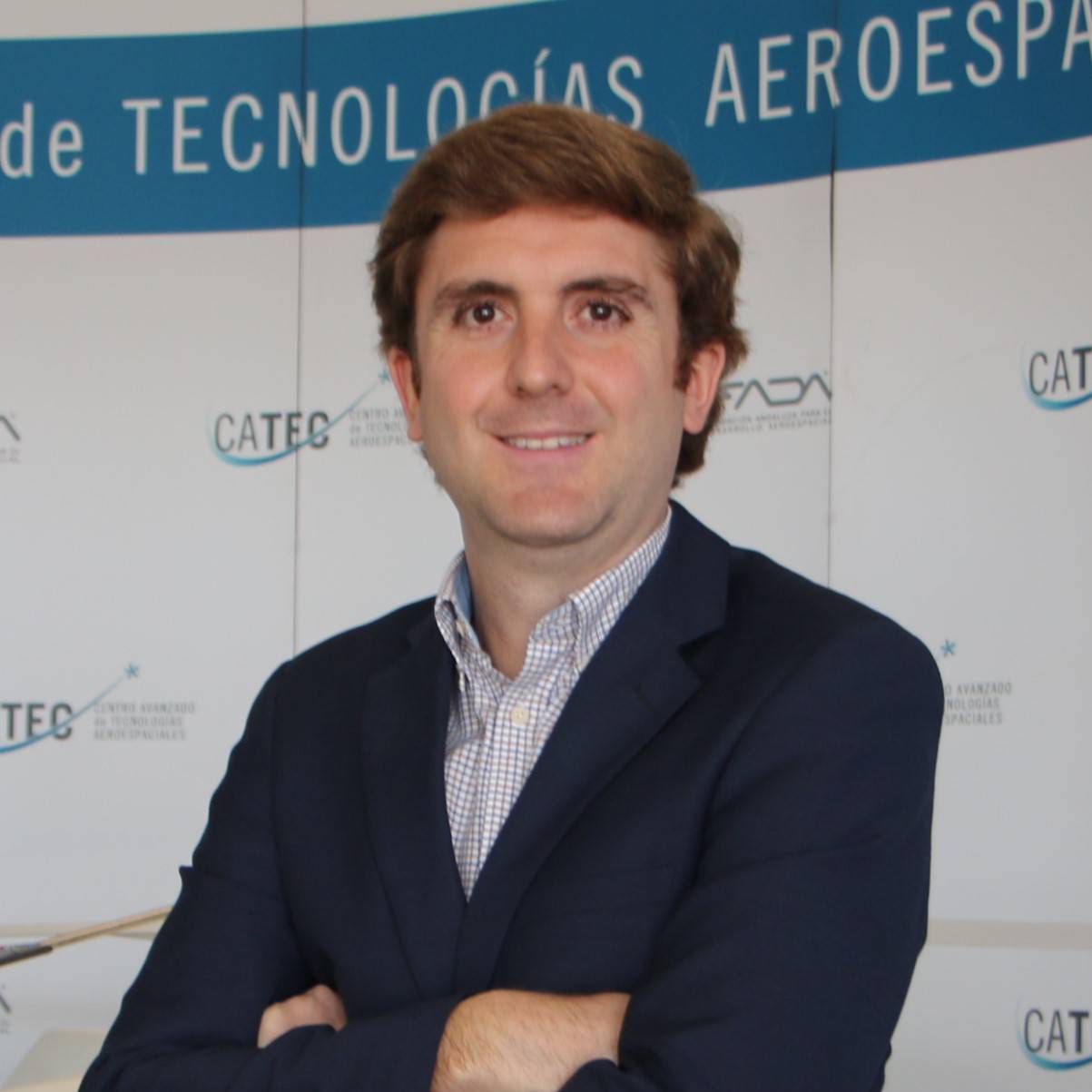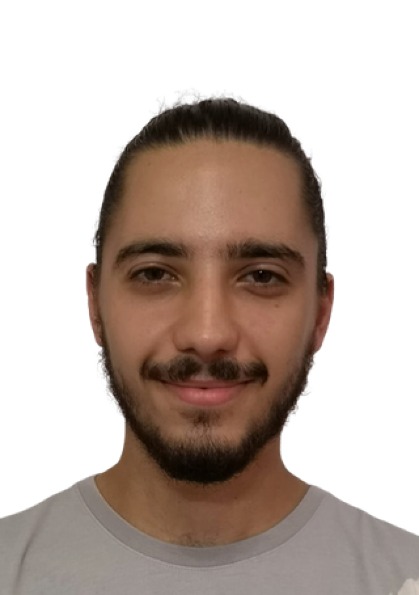DESCRIPTION
This short course on Deep Learning and Computer Vision for Industrial Infrastructure Inspection offers a comprehensive overview and in-depth presentation of various computer vision and deep learning challenges encountered during the inspection of industrial infrastructures. The course is divided into four lectures. Two lectures, namely (a) ‘Aerial Robotics for Industrial Inspection and the SIMAR project contribution’ and (b) ‘Drone Imaging for Industrial Infrastructure Inspection,’ provide a comprehensive introduction to inspection techniques for industrial infrastructures and highlight the significant role of drones in this field. The subsequent three lectures, (c) ‘Using Artificial Intelligence and Aerial Robots for defect detection and segmentation in Industrial Inspection of Viaduct’, (d) ‘Visual Detection of Elongated Objects’ and (e) ‘Deep Learning Algorithms for Intelligent Support of Workers,’ will provide an in-depth presentation of deep learning solutions for the safe inspection and maintenance of industrial infrastructure. These advanced techniques find practical application in tasks such as localization, which are of paramount importance in autonomous systems and robotic inspection.
This Short Course presents recent deep learning and computer vision advances as applied in industrial infrastructure inspection (Horizon Europe SIMAR project).
Course Material
Please find below the course material, including PDF presentations and videos of each lecture.
- Miguel Ángel Trujillo Soto, Aerial Robotics for Industrial Inspection and the SIMAR project contribution
- Begoña Arrue, Using Artificial Intelligence and Aerial Robots for defect detection and segmentation in Industrial Inspection of Viaduct
- Ioannis Pitas, Drone imaging for industrial infrastructure inspection
- Dimitris Psarras, Visual detection of elongated objects
- Christos Papaioannidis, Deep learning algorithms for intelligent support of workers
PROGRAM
| Time (EET) |
Lecture |
Lecturer |
|
15:25-15:30 |
Welcome |
Ioannis Pitas, AUTH |
|
15:30-16:00 |
Aerial Robotics for Industrial Inspection and the SIMAR project contribution |
Miguel Ángel Trujillo Soto, CATEC |
| 16:00-16:45 | Using Artificial Intelligence and Aerial Robots for defect detection and segmentation in Industrial Inspection of Viaduct | Begoña Arrue, GRVC Robotics lab Team |
| 16:45-17:45 | Visual detection of elongated objects | Dimitris Psarras, AUTH |
| 17:45-18:00 | Break | |
| 18:00-18:55 | Drone imaging for industrial infrastructure inspection | Ioannis Pitas, AUTH |
| 19:00-20:00 | Deep learning algorithms for intelligent support of workers |
Christos Papaioannidis, AUTH |
WHEN?
The course will take place on Tuesday, 12 December 2023.
WHERE?
Hybrid event
All lectures and workshops will be delivered on-site in KEDEA buidling or remote via Zoom (Passcode: 405011).
You can find additional information about the city of Thessaloniki and details on how to get to the city here.
REGISTRATION
CS/ECE/EE/AI students/scientists, engineers as well as AI enthusiasts from other scientific disciplines having the necessary mathematical background are welcomed to register free of charge on a First-Come-First-Serve basis.
Please click to the following button.
For AIDA students only: On the top of the above registration, we strongly encourage you to also enroll in this course through the AIDA website, so that a successful attendance of this course appears in the AIDA Certificate of Course Attendance.
SUPPORTED BY
This short course is supported by SIMAR & AI.BIG cluster.
LECTURES
Abstract: In this lecture, Miguel Ángel Trujillo, the EU SIMAR project coordinator, will present a few of the last European projects on aerial robotic inspection. Also, the talk will focus on how technology has evolved since the first one and the current state of the art. Furthermore, the SIMAR project will be presented, showing the consortium solution for the challenging use cases of pipe inspection for detecting corrosion under insulation.
Abstract: In this lecture, Begoña Arrue, of the GRVC Robotics lab Team, will present the use Artificial intelligence algorithms and tools for inspection analytics that can facilitate the analysis of the data gathered by the aerial robotic systems developed for Industrial Inspection of Viaduct in PILOTING project.
Ioannis Pitas, Drone imaging for industrial infrastructure inspection
Abstract: This lecture overviews the use of drones for infrastructure inspection and maintenance. Various types of inspection, e.g., using visual cameras, LIDAR or thermal cameras are reviewed. Drone vision plays a pivotal role in drone perception/control for infrastructure inspection and maintenance, because: a) it enhances flight safety by drone localization/mapping, obstacle detection and emergency landing detection, and b) performs quality visual data acquisition. The drone should have: a) increased drone decisional autonomy and b) improved drone robustness and safety mechanisms (e.g., communication robustness/safety, embedded flight regulation compliance, obstacle avoidance). Therefore, it must be contextually aware and adaptive. Drone vision and machine learning play a very important role towards this end, covering the following topics: a) semantic world mapping b) drone and target localization, c) drone visual analysis for target/obstacle/point of interest detection, d) 2D/3D target tracking. Finally, embedded on-drone vision (e.g., tracking) and machine learning algorithms are extremely important, as they facilitate drone autonomy, e.g., in communication-denied environments. Two primary application areas are overviewed: a) industrial pipe damage detection and b) electric line/installation inspection. In the first application, pipe images are analyzed (segmented), damages are detected and are backprojected to the 3D pipe models and/or Lidar data. In the second application, electric line detection is performed and detection/tracking of electric towers and other entities (e.g., electric insulators).
The lecture will offer: a) an overview of all the above plus other related topics and will stress the related algorithmic aspects, such as: b) drone localization and world mapping, c) target detection d) target tracking and 3D localization and e) damage assessment. Some issues on embedded CNN, fast convolution and fast transformer computing will be overviewed as well.
Dimitris Psarras, Visual detection of elongated objects
Abstract: Visual Detection of Elongated Objects: The application of computer vision to industrial inspection poses a unique challenge in identifying elongated objects that extend beyond the image frame. This lecture offers a comprehensive overview of detection and segmentation techniques, with a particular emphasis on recent advancements in deep learning-based approaches. Throughout the lecture, we delve into the capabilities of these algorithms, showcasing their potential in enhancing the inspection of pipelines and powerlines. By doing so, we aim to demonstrate how these advanced techniques can substantially reduce the human workload and alleviate stress in industrial inspection processes.
Christos Papaioannidis, Deep learning algorithms for intelligent support of workers
Abstract: This lecture overviews the use of deep learning-based methods and algorithms for supporting human workers in industrial environments. Deep learning algorithms are increasingly employed in the industrial sector, primarily as a part of advanced systems (e.g., intelligent machines/robots), since they offer effective and reliable solutions for ensuring human workers’ safety and reducing their stress, as well as for increasing the efficiency of the required infrastructure inspection and maintenance activities. In this direction, deep learning techniques can be used to monitor human workers and issue warnings in cases of dangerous behaviors while simultaneously ensuring their privacy, facilitate human worker-robots/machines collaboration, and automate the inspection and maintenance activities by autonomously detecting objects of interest (e.g., damages) and/or recognizing dangerous events/situations. The lecture will offer: a) a brief introduction on the most important deep learning tools (Multi-Layer Perceptrons, Convolutional Neural Networks, Transformers, etc.), b) an in-depth analysis on how these tools are used to develop algorithms for object detection, image segmentation, human pose estimation, and human gesture recognition, and c) real-world application examples in two industrial settings: industrial pipeline inspection and electric power infrastructure inspection.
LECTURERS AND TUTORS
Miguel Ángel Trujillo Soto
 Dr Miguel Ángel Trujillo Soto; Head of the Autonomous Systems unit at CATEC; PhD in Robotics; MSc in Industrial Engineering specialising in Autonomous Systems from the University of Seville. International experience at the Australian Centre for Field Robotics (Univ. Sydney). Since 2010, he is part of CATEC, leading multiple aerial robotics projects, both European and national. He has participated in more than 25 international publications and has led an industrial patent. Since 2019, he has led the CATEC Autonomous Systems unit, and since 2022 he coordinates the European project SIMAR. Besides, he led the work for which CATEC won the Overall Prize of the EU Innovation Radar Prize 2017 and received a national award for the best work of the National Defense and Security R&D Congress DESEi+d 2016.
Dr Miguel Ángel Trujillo Soto; Head of the Autonomous Systems unit at CATEC; PhD in Robotics; MSc in Industrial Engineering specialising in Autonomous Systems from the University of Seville. International experience at the Australian Centre for Field Robotics (Univ. Sydney). Since 2010, he is part of CATEC, leading multiple aerial robotics projects, both European and national. He has participated in more than 25 international publications and has led an industrial patent. Since 2019, he has led the CATEC Autonomous Systems unit, and since 2022 he coordinates the European project SIMAR. Besides, he led the work for which CATEC won the Overall Prize of the EU Innovation Radar Prize 2017 and received a national award for the best work of the National Defense and Security R&D Congress DESEi+d 2016.
Begoña Arrue
Associate Prof. Univ. of Seville. PhD Virginia University (USA). She currently participates in 9 R&D projects (leading two), and has participated in more than 40 R&D projects (15 EU-funded FPs). Furthermore, she is author or co-author of more than 50 publications on intelligent systems including bioinspired soft robotics, aerial robot perception and multi-robot systems.
Prof. Ioannis Pitas (AUTH)
Prof. Ioannis Pitas (IEEE fellow, IEEE Distinguished Lecturer, EURASIP fellow) received the Diploma and Ph.D.Degree in Electrical Engineering, both from the Aristotle University of Thessaloniki, Greece. Since 1994, he has been a Professor at the Department of Informatics of the same University. He served as a Visiting Professor at several Universities. His current interests are in the areas of image/video processing, machine learning, computer vision, intelligent digital media, human centered interfaces, affective computing, 3D imaging and biomedical imaging. He is also chair of the Autonomous Systems initiative.
Dimitris Psarras
Dimitrios Psarras received the B.Sc. degree in Physics from the Aristotle University of Thessaloniki in 2021. Dimitrios is currently a research assistant at the Artificial Intelligence and Information Analysis laboratory, in the Department of Informatics, Aristotle University of Thessaloniki, Greece. His current research interests include the areas of machine learning and computer vision for autonomous systems.
Dr. Christos Papaioannidis
Dr. Christos Papaioannidis received the Diploma in Electrical & Computer Engineering (2015) and the Ph.D. Degree (2023) in Computer Science, both from the Aristotle University of Thessaloniki, Greece. He is currently a Postdoctoral researcher at the Artificial Intelligence and Information Analysis laboratory, at the Department of Informatics of the same University. He has co-authored more than 13 papers in academic journals and international conferences. His research interests include machine learning, deep learning and computer vision.
COURSE EVALUATION FORM
Please find and, if you wish, complete the evaluation form:
https://docs.google.com/forms/d/1qnO4Jo87Gds3MxmkZJwe0yVotxMaGJOmIV-Sm1xOtNc/edit





